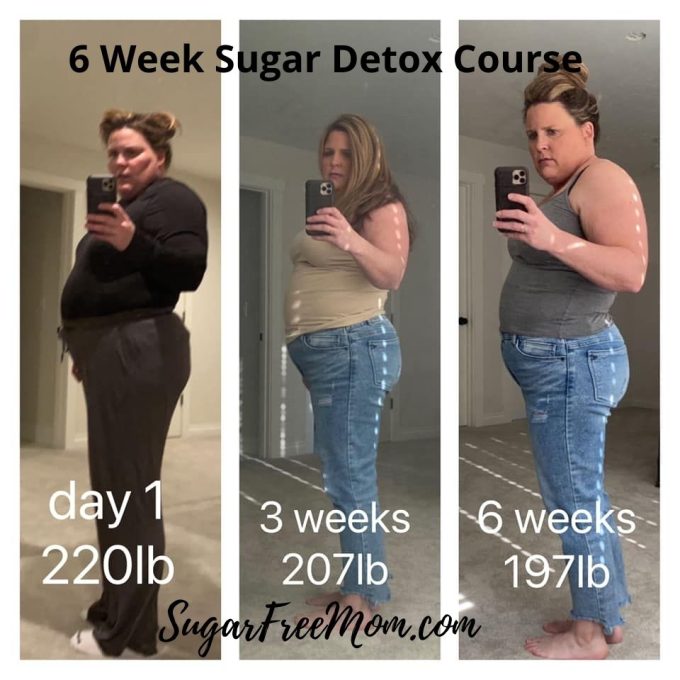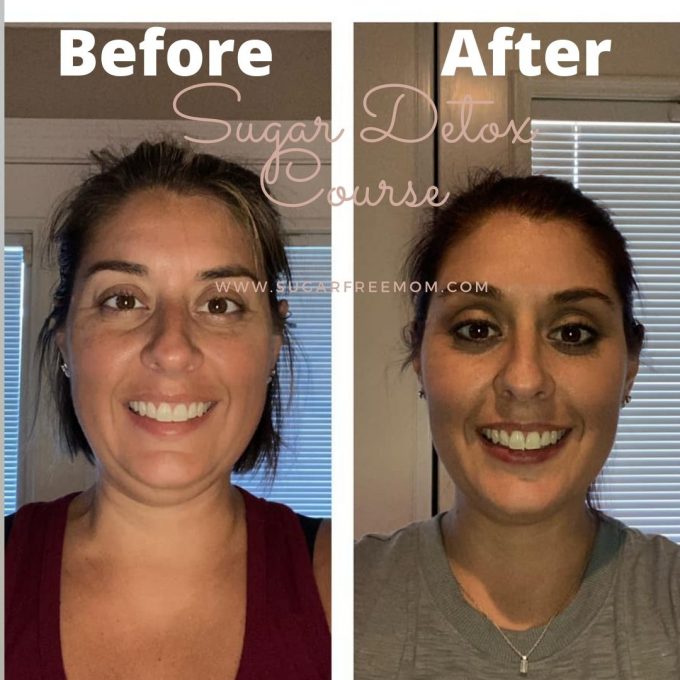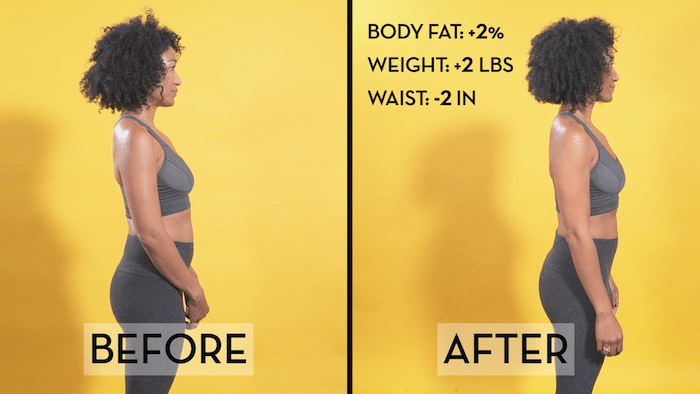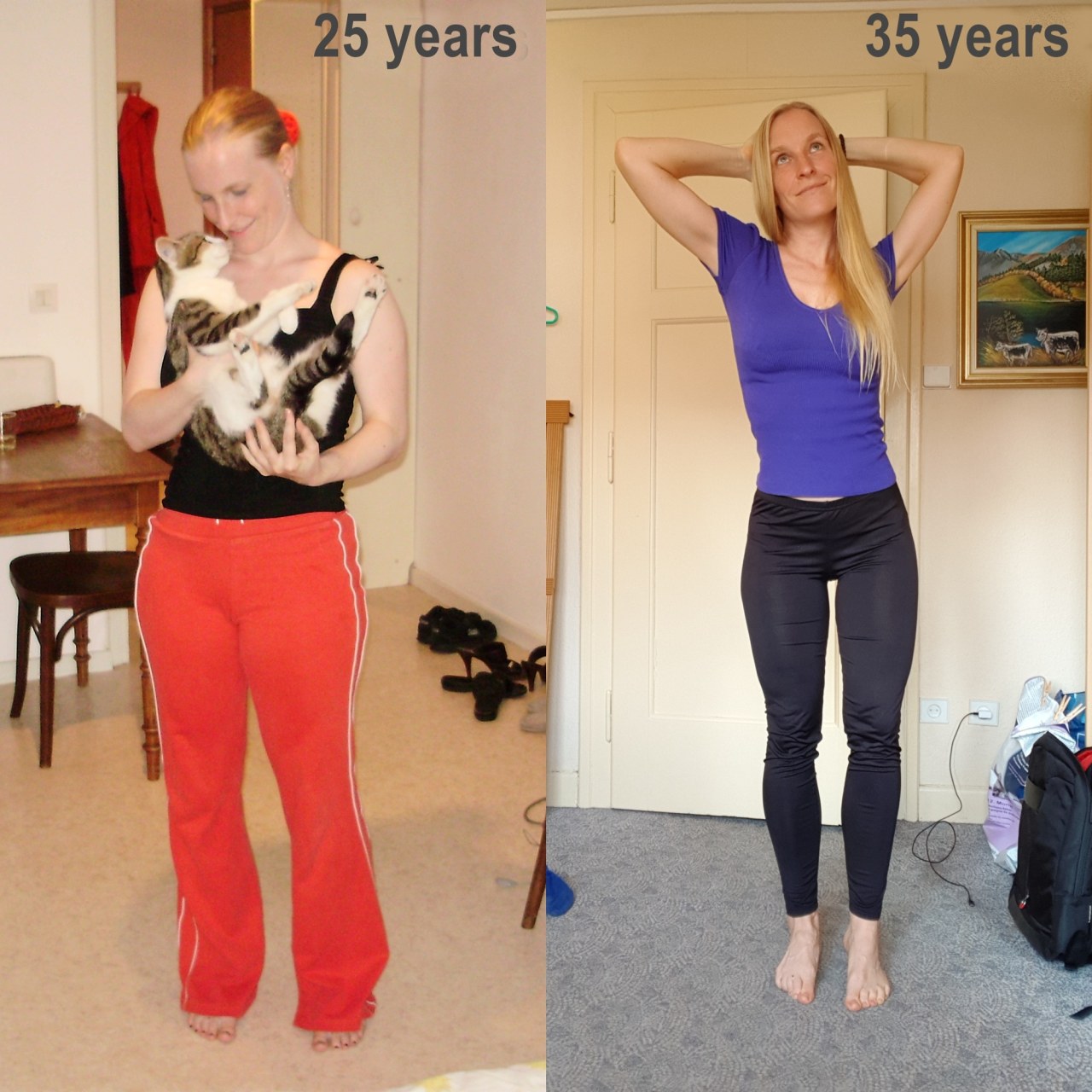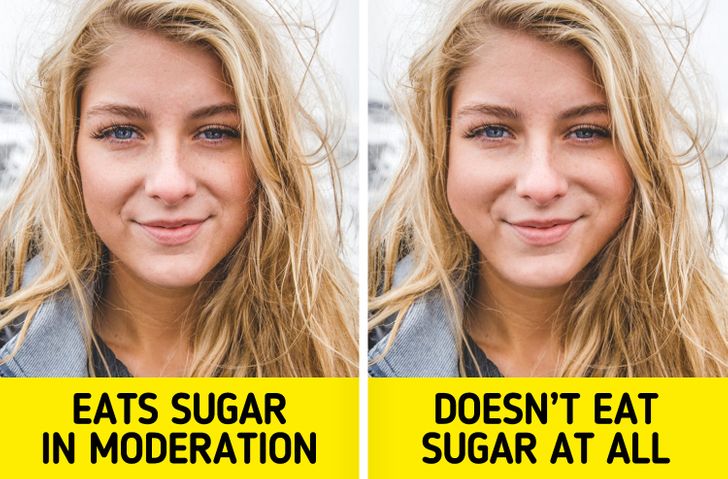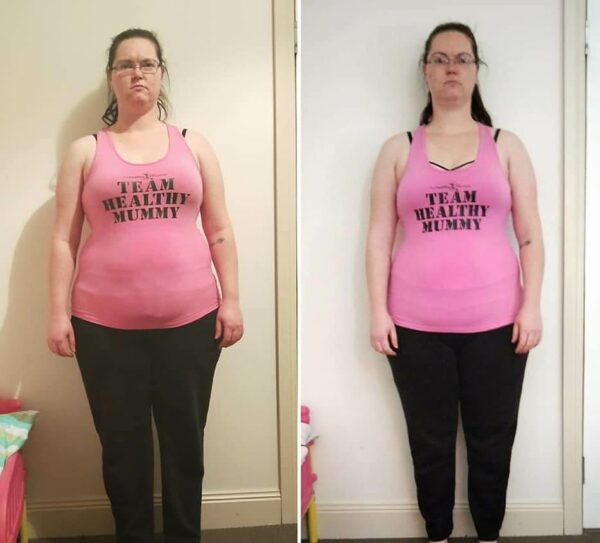60 Days No Sugar Before And After

The kitchen hummed with a quiet rebellion. A single ray of morning light sliced through the blinds, illuminating dust motes dancing in the air and landing on a bowl of vibrant, untouched strawberries. Sarah stood before it, a warrior at the crossroads of craving and commitment, sixty days etched onto her soul. The sugary siren song had been silenced, and today, she reflected on the journey.
This isn't a tale of deprivation, but one of discovery. Sarah embarked on a 60-day no-sugar challenge, documenting her experience through blog posts and daily reflections. Her journey offers a glimpse into the profound impact of cutting added sugar from one's diet, showcasing the physical, mental, and emotional shifts that can occur.
The Starting Line: A Sugar-Laden Landscape
Sarah’s relationship with sugar wasn't unusual. Like many, it was woven into the fabric of her daily life. A morning latte with flavored syrup, a mid-afternoon candy bar, and a dessert to cap off the evening were commonplace.
“I never considered myself a ‘sugar addict,’” Sarah confessed in her week-one blog post. “But when I started tracking my intake, the numbers were shocking.” Hidden sugars lurked in unexpected places: sauces, processed foods, and even seemingly healthy snacks.
Driven by persistent fatigue, nagging headaches, and a general feeling of being “blah,” Sarah decided to take action. She consulted with her doctor, who confirmed that reducing sugar intake could potentially alleviate her symptoms.
More Than Just Weight Loss
While weight loss is often the primary motivator for dietary changes, Sarah’s goals were more nuanced. She aimed to stabilize her energy levels, improve her focus, and break free from the constant cycle of sugar cravings. She told herself, “I just want to feel good!”
Initial studies on the overconsumption of sugar shows the negative impacts it has on blood sugar, cardiovascular and cognitive health. Dr. Emily Johnson, a registered dietitian not involved in Sarah’s challenge, emphasized the importance of differentiating between naturally occurring sugars (found in fruits and vegetables) and added sugars (found in processed foods and sweeteners).
“The body processes them differently,” Dr. Johnson explained. “Added sugars contribute to inflammation and can disrupt metabolic processes.”
The First Few Weeks: A Rollercoaster of Emotions
The initial days were the toughest. Sarah described intense cravings, headaches, and irritability. These symptoms align with common experiences during sugar withdrawal, according to various health resources.
Her blog entries from the first week painted a vivid picture of her struggle. “I feel like I’m detoxing from a drug,” she wrote on day three. “Everything tastes bland, and I’m constantly thinking about cookies.”
She combatted these cravings with strategies she researched beforehand: drinking plenty of water, eating protein-rich meals, and distracting herself with activities she enjoyed, such as hiking and reading.
By week two, things started to shift. The intense cravings subsided, and Sarah began to notice subtle improvements. Her energy levels were slightly higher, and her headaches were less frequent.
The Middle Ground: Finding New Routines
Weeks three and four were about establishing sustainable habits. Sarah experimented with sugar-free recipes, discovered the joys of cooking from scratch, and found creative ways to satisfy her sweet tooth without resorting to added sugars.
Berries with a dollop of unsweetened Greek yogurt became a favorite snack. Dates, naturally sweet and packed with fiber, were used to sweeten smoothies and baked goods. She discovered that she liked unsweetened tea.
She also learned to read nutrition labels meticulously, identifying hidden sugars and making informed choices. According to the FDA's website, understanding nutrition labels is crucial for making healthy food choices.
Sarah documented her culinary adventures, sharing recipes and tips with her growing online community. She was not only transforming her own life but also inspiring others to embark on similar journeys.
The Home Stretch: Noticeable Transformations
As Sarah approached the final weeks of her challenge, the benefits became increasingly apparent. Her energy levels were consistently higher, her skin cleared up, and she experienced a significant reduction in headaches.
“I wake up feeling refreshed instead of sluggish,” she wrote in her week-seven blog post. “My focus is sharper, and I feel more productive throughout the day.”
Perhaps the most significant change was her diminished reliance on sugar for emotional comfort. She had learned to cope with stress and anxiety through healthier means, such as exercise and meditation. She started journaling regularly.
A study published in the Journal of the American Medical Association found that reducing added sugar intake can lead to improved mood and reduced risk of depression. Sarah’s experience seemed to validate these findings.
The Numbers Tell a Story
Beyond the anecdotal evidence, Sarah tracked tangible metrics. She lost a modest amount of weight, but more importantly, her blood sugar levels stabilized, and her cholesterol improved, according to her doctor.
Her before-and-after photos showcased a subtle but noticeable difference in her complexion and overall appearance. She looked brighter, more vibrant, and healthier.
The Aftermath: A New Perspective
The 60-day challenge concluded, but Sarah’s journey was far from over. She didn't revert to her old habits. Instead, she adopted a more mindful approach to sugar consumption.
She allowed herself occasional treats but remained conscious of her overall intake. Moderation, not deprivation, became her guiding principle.
“I’ve realized that I don’t need sugar to feel good,” Sarah reflected in her final blog post. “I’ve discovered a newfound appreciation for whole, unprocessed foods and the simple pleasures of a healthy lifestyle.”
She continued to share her experiences and insights online, inspiring others to take control of their health and well-being. Her journey serves as a reminder that small changes can lead to profound transformations.
Sarah’s experiment highlights the power of conscious consumption and the potential for positive change when we prioritize our health. It's a testament to the idea that sometimes, the sweetest things in life are found not in a sugar bowl, but within ourselves.
